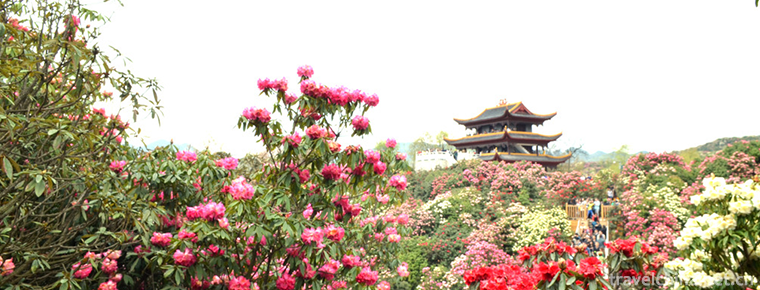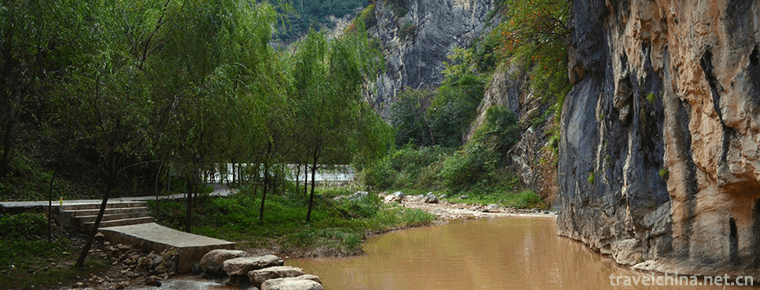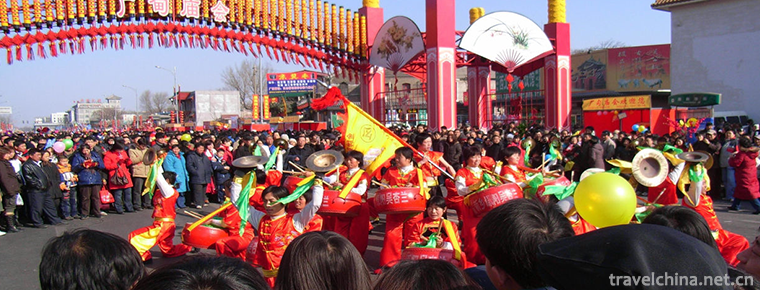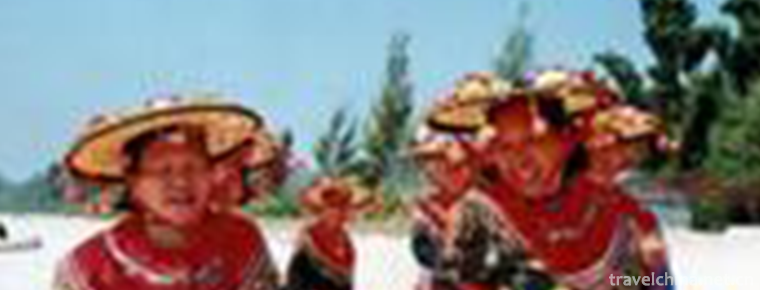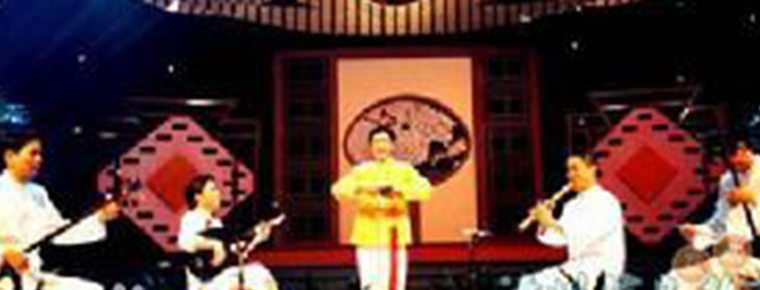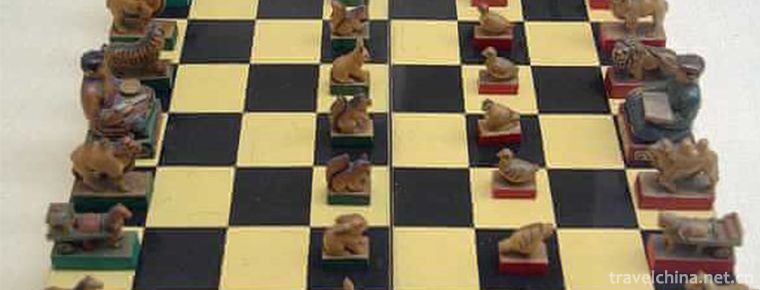Single string ziqu contains bifurcation
Single string ziqu contains bifurcation
Single string ziqu, quyiqu. It is popular in Beijing, Tianjin, North China and Northeast China. During the reign of Guangxu in Qing Dynasty, folk artists compiled their own lyrics with octagonal drum tunes and sang with three strings, then developed into independent music. The repertoire is short. A kind of folk art. A series of music cards to sing a story, accompanied by musical instruments. Most of the famous tunes popular in the north are composed of three strings, while those in the south are mainly composed of dulcimer, Pipa and erhu.
On June 7, 2008, the single string ziqu was approved by the State Council to be included in the second batch of national intangible cultural heritage list.
Brief Introduction to Brand Music
Single String Brand Subtune. It was the "octagonal drum" (rap and singing art) popular among the Manchu children in Beijing during the reign of Qianlong and Jiaqing in the Qing Dynasty. Singing with strings and octagonal drums, octagonal drums by the speaker himself or play) a form of entertaining singing. The octagonal drum is a small percussion instrument of the Manchu nationality. Its drum face is covered with Python skin. Its drum wall has eight sides and seven faces have holes. There are two brass cymbals in each hole. It makes sound by playing drums with fingers or shaking drums to make brass plates strike each other. When singing, the actor holds the octagonal drum, so it is also called "singing octagonal drum". The earliest single-string lyrics that can be seen today are Jiugui, the third part of Volume 3 of Baixue Yiyin, compiled by Hua Guangsheng in the ninth year of Jiaqing in Qing Dynasty (1804).
The performance was originally performed by a person holding an octagonal Drum Festival and a person singing with a three-string accompaniment, sometimes called a "double-headed person". Around the sixth year of Guangxu in the Qing Dynasty (1880), Siruixuan, a disciple of Banner nationality, compiled his own lyrics, played and sang in a teahouse. The poster said "One Person sings octagonal drums along with Yuanyue". Since then, the single string has spread as an independent genre.
At the end of the Qing Dynasty and the beginning of the Republic of China, many single-string fans went to Shanghai to sell their art, and many famous singers appeared, which were very popular with the masses. Among them, there are those who are good at singing time tunes and Kungao tunes. Most of these tunes are included in single-string tunes, which increases the number of single-string tunes and enhances their expressiveness. More than 100 single-string tunes are known. This period is the heyday of the development of single string art. Many famous artists have formed their own singing styles. The four most famous schools are Rong, Chang, Xie and Tan.
In 2008, single string ziqu was selected into the second batch of national intangible cultural heritage list, declaring units: Beijing Opera and Dance Theatre Co., Ltd., Beijing Xicheng District.
Basic explanation
Single String Brand Subtune
1. See Single String.
Words are interpreted separately:
Single String: Varieties of Quyiqu. It is popular in Beijing, Tianjin, North China and Northeast China. During the reign of Guangxu in Qing Dynasty, folk artists compiled their own lyrics with octagonal drum tunes and sang with three strings, then developed into independent music. The repertoire is short.
Brand song: 1. A kind of folk art. A series of music cards to sing a story, accompanied by musical instruments. Most of the famous tunes popular in the north are composed of three strings, while those in the south are mainly composed of dulcimer, Pipa and erhu.
Basic Quyi Opera
Beijing Opera - Opera genre. It is mainly developed from the popular single-string ziqu in Beijing. Its first name is "Quyi Opera", and it was officially named "Quyi Opera" since 1952.
Single-string brand sub-tune, also known as "octagonal drum", is a kind of rap art that uses the combination of brand sub-tune, three-string accompaniment, and octagonal Drum Festival to sing stories. It has rich tunes and various forms. Its main tunes are mainly composed of folk songs, some of which are good at lyrics, some of which are suitable for narrative, and some of them are suitable for narrative. They are composed of folk songs, some of which are folk songs, some of which are good at lyrics, and some of them are suitable for narrative. They have become melodies for singing operas and become new tunes for singing tunes, chopping indigo flowers, some of the South Town, Huguanguan tune, South Rogong drum, North drum, Southern Rogong drum, and some of the number singing, etc. They are mostly derived from folk songs, some of which are good at lyrics, and some of which are suitable for narrative, and become new tunes for singing, new tunes, NEW tunes, new tunes, new The main source of harmonization.
The singing forms of single string include singing, counterpart singing (dismantling), group singing and colour singing. Among them, demolition singing and colour singing have developed into simple performances dressed up as roles (still retaining the characteristics of rap).
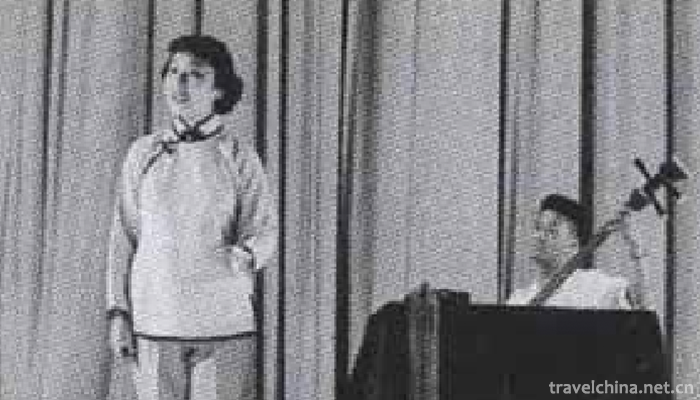
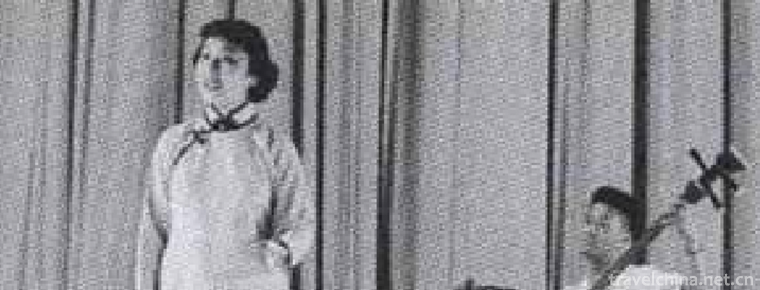
Single string ziqu contains bifurcation
-
Baili Rhododendron Scenic Area in Bijie City
Bijie Baili Rhododendron Scenic Area is located in the northwest of Guizhou Province and the central part of Bijie City. It belongs to the Baili Rhododendron Management Area of Bijie City.
Views: 269 Time 2018-12-12 -
Kizil Gaha Peak Sui
Located on the east side of Saltwater Valley in the northwest of Kuqa County Town, Kizil Mahabi is a towering ancient military building with the meaning of "old red mouth" or "red sentr
Views: 153 Time 2018-12-23 -
Yanxiangdong Ecotourism Area of Hanjiang River
Yanxiangdong Ecotourism Scenic Spot of Hanjiang River is located in Shiquan, covering an area of 80 square kilometers, north of Qinling Mountains and south of Bashan Mountains
Views: 217 Time 2019-01-13 -
Xigaosong Scenic Spot
Xiqiaosong Scenic Area is located at the foot of Tianjing Mountain, 13 kilometers west of Chengxian County, in the middle of Yuqiaoxia, a national AAAA-level tourist attraction
Views: 208 Time 2019-02-25 -
Changdian Temple
Changdian Temple Fair is a traditional folk custom and folk religious belief activity in Beijing. Among the many temple fairs in the old capital city, only the temple fairs in Changdian
Views: 188 Time 2019-04-16 -
Legend of windbreak
Fangfeng legend is a folk legend in Zhejiang Province. Between Fengshan and Yushan, Sanhe Township of Deqing, Huzhou, Zhejiang Province, the area of Xiazhu Lake is the largest wetland
Views: 205 Time 2019-04-29 -
Huidong Fishing Song
Huidong Fishing Song is one of the traditional folk arts in Guangdong Province. From the Song Dynasty, fishing songs in the shallow sea of Huidong were introduced from the coast of Fujian Province.
Views: 220 Time 2019-05-05 -
Brocade song
Brocade song, formerly known as Gezi or Shijin song, is also called begging tune. It was named Jinge in 1953. This is a form of singing accompanied by instrumental music.
Views: 347 Time 2019-05-07 -
Shatar Mongolian chess
Mongolian chess is a popular folk sports game in Inner Mongolia. Generally speaking, there are two types of Mongolian chess, one is Shatar with 8 x 8 squares on the chessboard, the other is Hayashatar
Views: 222 Time 2019-06-03 -
Linking Luhe boxing
Xinyi Liuhe Quan, also known as Xinyi Quan and Liuhe Quan, is one of the most famous excellent types of boxing in China, which combines fighting, fitness, self-defense and health preservation. It is o
Views: 173 Time 2019-07-06 -
China Youth University of Political Studies
China Youth University for Political Science (China Youth University of Political Studies) is located in Beijing. It is the state-level "Communist Youth League Central Research Center for the the
Views: 120 Time 2019-12-25 -
Luzhou economy
In 2019, the GDP of Luzhou will reach 208.13 billion yuan, an increase of 8.0% over the previous year, 1.9 percentage points higher than the national average level (6.1%) and 0.5 percentage points higher than the provincial average level (7.5%). Among them, the added value
Views: 357 Time 2020-12-14
